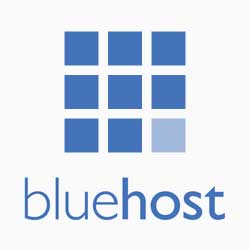How to Improve Deliverability and Compliance
If you want your emails to land in inboxes—not spam folders—you need to master compliance and deliverability. Here’s how to stay clean, legal, and visible:
1. Always Use Double Opt-In (or Clear Consent)
- Don’t buy lists. Ever.
- Only email people who gave permission
- Use confirmed opt-in for higher-quality lists and fewer spam complaints
2. Authenticate Your Domain
- Set up SPF, DKIM, and DMARC records
- Boosts sender reputation and proves you’re not spoofing
- Most platforms (like AWeber or GetResponse) guide you through this
3. Include an Unsubscribe Link
- It’s required by law (CAN-SPAM, GDPR, etc.)
- Makes you look legit and protects your sender score
- Bonus: fewer spam complaints = better deliverability
4. Keep Your List Clean
- Remove inactive subscribers regularly
- Bounce too many times? You’ll get flagged
- Use re-engagement campaigns before purging
5. Avoid Spammy Language
- Phrases like “Get Rich Quick” or “100% Free!!!” trigger filters
- Use natural, conversational tone—even when selling
- Emojis are okay in moderation (✅, 🚀), but don’t overdo it
6. Monitor Key Metrics
- Open rate: Should be 20%+
- Spam complaints: Keep under 0.1%
- Unsubscribes: Natural, but high churn = content misfit
7. Be Transparent
- Use your real name, address (PO box is okay), and branding
- Build trust to increase engagement, which helps deliverability
8. Warm Up New Domains or IPs
- Start small—email your most engaged subscribers first
- Ramp up volume gradually to avoid getting flagged as a spammer
Treat deliverability like reputation: easy to lose, hard to rebuild.
Download Deliverability and Compliance Checklist





Comments